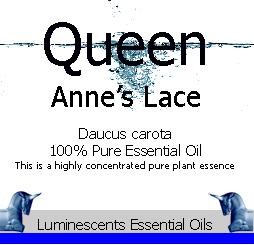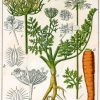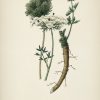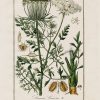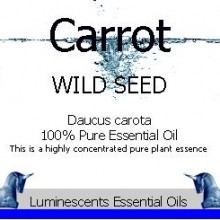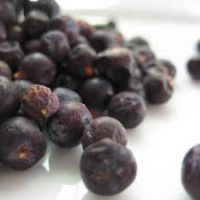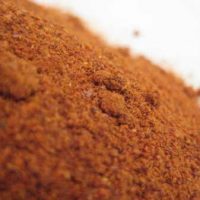Queen Anne’s Lace (Daucus carota) is an annual or biennial herb with hairy leaves and umbels of white lacy flowers with reddish/purple centres. The essential oil is from the seed of this plant and is a close cousin of the orange and the purple heritage Carrots we all know and eat.
The flowers produce and off white or creamy dye
It is also known as Wild Carrot, Bird’s Nest or Bishop’s Lace
Traditional Uses of Queen Anne’s Lace:
Traditional and Emotional uses reportedly include:-
Queen Annes’s Lace essential oil is used for skin care (revitalising and toning) and considered one of the best Essential Oils for Mature Skin. The essential oil is reported to have a detoxifying effect on the liver. It is used for arthritis, gout, oedema, rheumatism and the accumulation of toxins in muscles and joints. The essential oil is used to flavour liqueurs and perfumes. Queen Anne’s Lace essential oil, blended with cedarwood oil, is, considered by some but not this editor, a good imitation of orris root.
BLENDS WELL WITH
Frankincense, Lavender, Rosewood, Blue Cypress, Geranium
History of Queen Anne’s Lace:
The name “carota” is derived from the Greek ‘Carotos’ and had great medicinal value in ancient times, especially for its carminative properties.
It is so called because the flower resembles lace; the reddish/purple flower in the centre is thought to represent a blood droplet where Queen Anne pricked herself with a needle when she was making the lace. No-one knows for sure if the plant was named after England’s Queen Anne or Anne of Denmark (her Grandmother)
CAUTIONS
Caution should be shown if gathering the plant from the wild as it bears a close resemblance to poison Hemlock and the plant can cause phytophotodermatitis which can be very painful and leave scarring on the skin.

